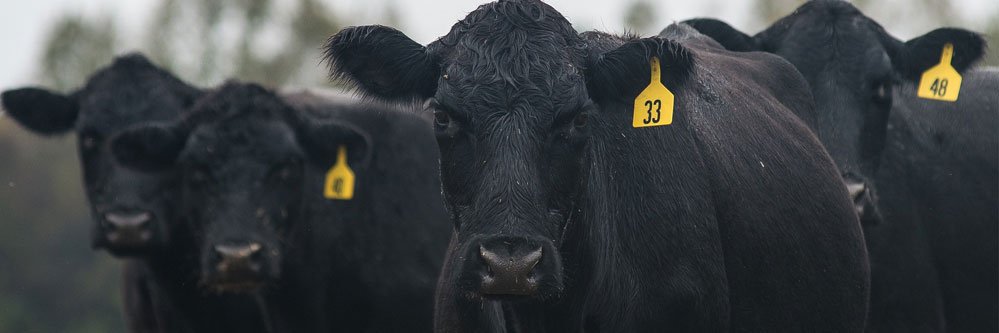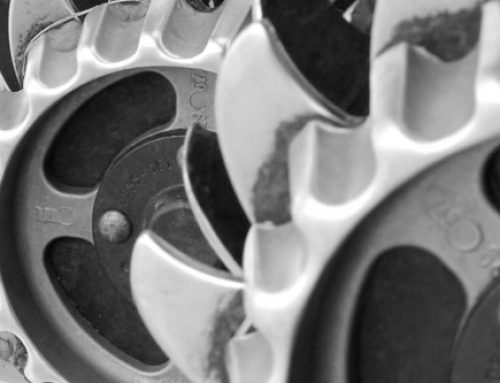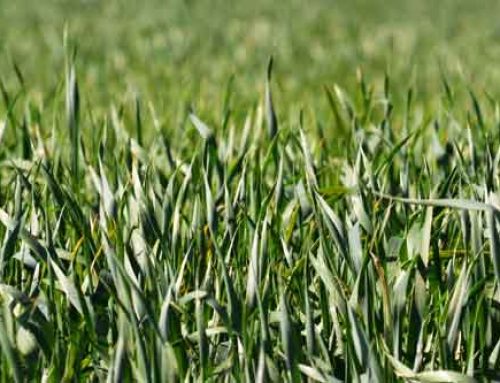In the last post, CQIQ Part I, we highlighted a few of the topics covered at our annual conference CQIQ (Crop Quest Information Quest). This post will wrap up the series on major topics discussed during CQIQ.
Dr. Jessica Davis, Colorado State University, presented a good review of manure utilization and management during our Thursday morning breakout sessions at our CQIQ full staff training meeting.
She discussed issues with nitrate leaching to ground water or to leach fields and potential movement to surface waters, ammonia volatilization, and undesired higher available nitrogen levels detected in national parks as good reasons for good management and utilization of manures.
Nitrogen utilization from manure sources is complex. Both organic (carbon based proteins) and inorganic ammonia nitrogen are both present. The ammonia portion is readily available for plant use, assuming it gets incorporated soon after application. Dr. Davis reported that 30% of the ammonia N is likely lost to volatilization within 48 hours if incorporation is delayed that long, even in colder temperatures. Wetter manure sources may be even worse.
The “organic” nitrogen portion is unavailable for plant use until it is mineralized. This mineralization process is a microbial process, therefore requiring soil temperatures warm enough for microbial activity, available moisture, oxygen, and time for the microbes to digest the material and release it back into the soil.
Carbon to nitrogen ratios of the manure also play a major role in determining the length of time for this mineralization to occur. In addition, field residues present and their C:N ratios also affect this mineralization rate and release. Dr. Davis encouraged collecting a good representative sample of the manure source to be utilized, testing for both ammonia N and organic N, as well as other nutrients to make a better determination of available nitrogen from manure sources.
Personally I see lots of different manure sources: beef feedlot, dairy liquids and solids, poultry, swine and sheep manures, and composts. I see a wide range of ammonia and organic N levels, in addition to wider differences in phosphorus, C:N ratios, and moistures in the sample results. I, too, encourage testing the manures you’re applying. When possible, incorporate soon after application for fuller use of the ammonia N portion.
Be sure to inquire with your Crop Quest Agronomist for further information on these topics and the latest trends.
Written by: Kent Davis; Johnstown, Colorado
Featured Image by: U.S. Department of Agriculture, 20151110-RD-LSC-0221, flickr.com





